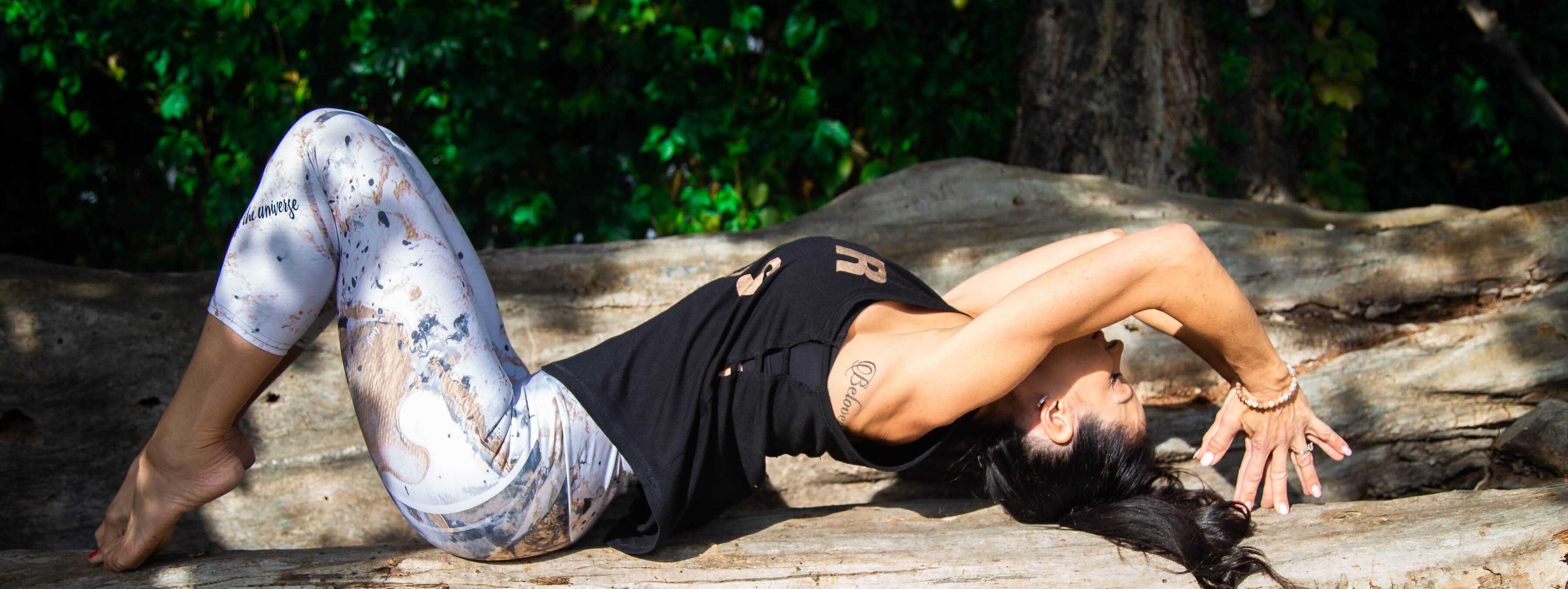Bodyweight
The value of bodyweight training is often underestimated and therefore it is often underutilized – I see this not only at gyms here in Kamloops, but also with clients training at home.
Using your own body’s weight as resistance in lieu of using a fitness machine or free weights has proven to build strength, increase flexibility and improve balance. It provides new stimulation for the brain through new and exciting movements and has also been shown to help with weight loss MORE effectively than long cardio sessions.
Let me say that again: you don’t need anything other than your own body to get strong and flexible and to lose weight!
I am not suggesting that dumbbells, barbells, cable machines, resistance bands, cardio equipment and the like don’t have their place in our training. They certainly do, and I really enjoy using them all.
However, you may not always have access to workout equipment (like when you’re in a hotel) or you may not have enough knowledge about how to use the equipment safely or confidently. Perhaps you are even IN a gym or studio but all the equipment you would normally turn to are all being used.
Enter Bodyweight. Dun-dun-da-dah!
If you’re not accustomed to using just your bodyweight, where do you start? First off, you want to make sure you are injury-free and have consulted with your doctor to ensure you’re okay to begin.
Then you start with the basics. We learn (and master) these fundamental moves with proper form and then build from that strong foundation. We humans have the ability to do 6 basic movements, and all exercises are a variation of one or the other:
1. Pushing – pressing away from yourself, as in the push-up or leg press
2. Pulling – tugging something in towards yourself, as in the seated row and bicep curl
3. Squatting – flexing at the knee, as in the squat or lunge
4. Hinging – bending at your middle, as in the deadlift or kettlebell swing
5. Twisting – rotating from mid-back, as in the Russian twist or woodchopper
6. Stabilizing – using the core muscles to stabilize yourself, as in the plank and 1-leg balance
Any good training should incorporate all 6 types of exercises, in a fairly even amount to avoid imbalances. As you would with any exercise program, be sure to keep a log or journal of what exercises you’re performing, when/how often and for how long.
Here is a partial list of Bodyweight Exercises broken down into each category of movement (though some of them obviously fit into more than one category):
Pushing
Push-ups, step-ups, shoulder press and its variations (Arnold press, military press, etc),bench/chest press, front raise, lateral raise, tricep extensions, tricep kickbacks, skull crushers, sled push, donkey presses, fire hydrants, calf raises.
Pulling
Pull-ups, chin-ups, bicep curls and their variations (hammer curls, horizontal curls, reverse grip curls, X-body curls, Zottmans, etc),seated cable row, face pull (high cable row),bent-over row, upright row, lat pull down, sled pull, hamstring curl.
Squatting
Front squat, back squat, Y squat, Cossack squat, pistol squat, staggered squat, narrow squat, wide squat, sumo squat, Bulgarian split squat, forward lunge, reverse lunge, curtsy lunge, lateral lunge, pendulum lunge.
Hinging
Deadlifts and their variations (Romanian, stiff-legged, single-leg, single arm, ) bent-over row, bridge, oblique crunches, boxer dips, good mornings, the “clean”, hip thrusts, kettlebell/db swing, kettlebell/db snatch.
Twisting
Russian twists, supine cross-body toe touches, woodchuckers/hay balers, trunk twists, landmine twist, gravediggers, bear pose twists, windmills (standing & supine),hip twists (in plank).
Stabilizing
Plank and its variations (elbow plank, shoulder tap plank, plank jacks, mission impossible plank, commando plank, side plank, etc),deadbugs, flutter/scissor kicks, leg lowers, mountain climbers, supermans, jackknives, hollow body hold, V-Sit, bear pose hold, stir the pot, balancing bird-dog.
This list should get your ideas flowing so you can incorporate a variety of movements into your bodyweight workout. For those individuals used to training, you will have likely tried many of these; if you are just starting out and feel unsure of where to begin or HOW to begin, consider either taking a few bodyweight classes led by a certified personal trainer or hire a personal trainer to guide you.

